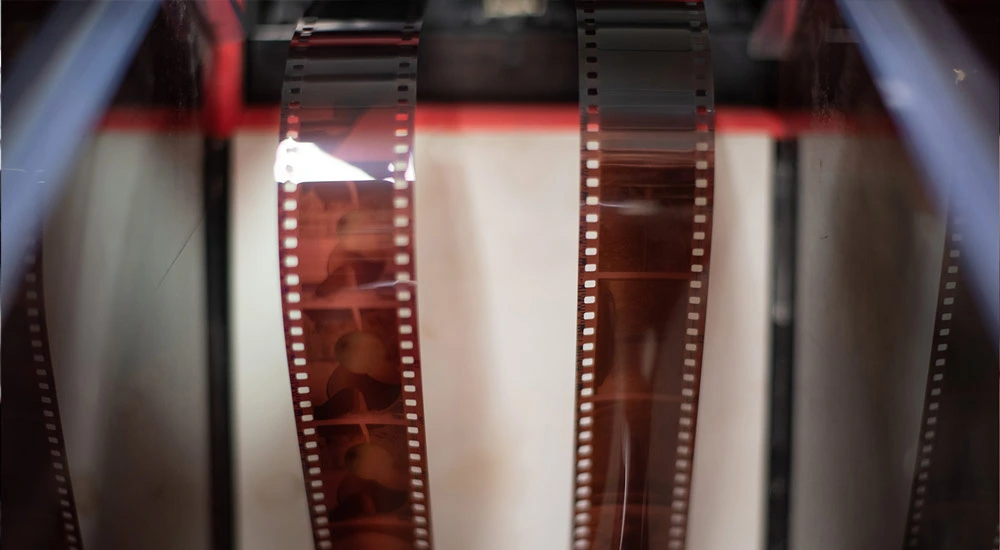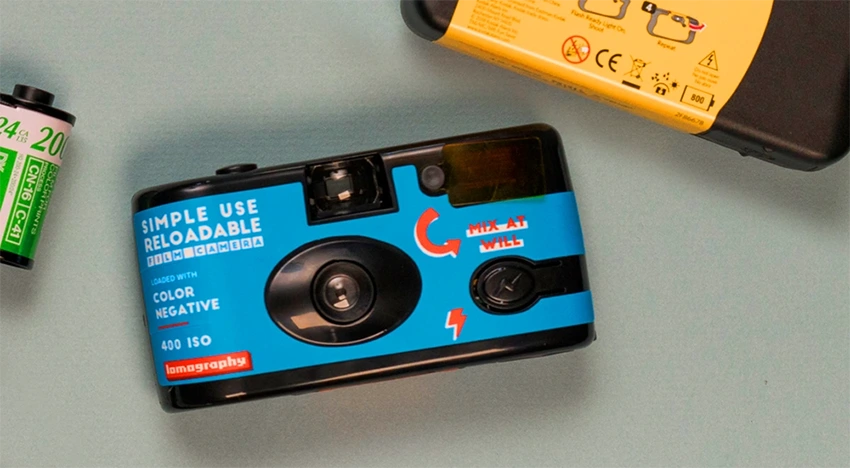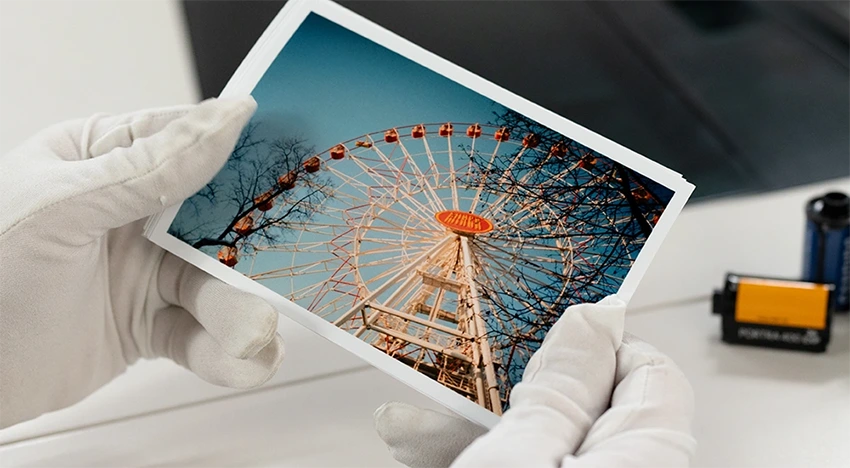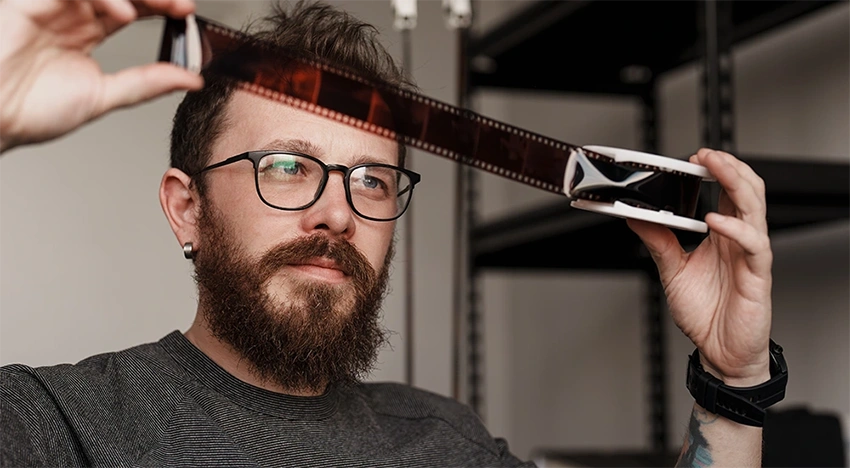
Details + Pricing
We process C-41 color film on site at our Muskegon, MI lab.
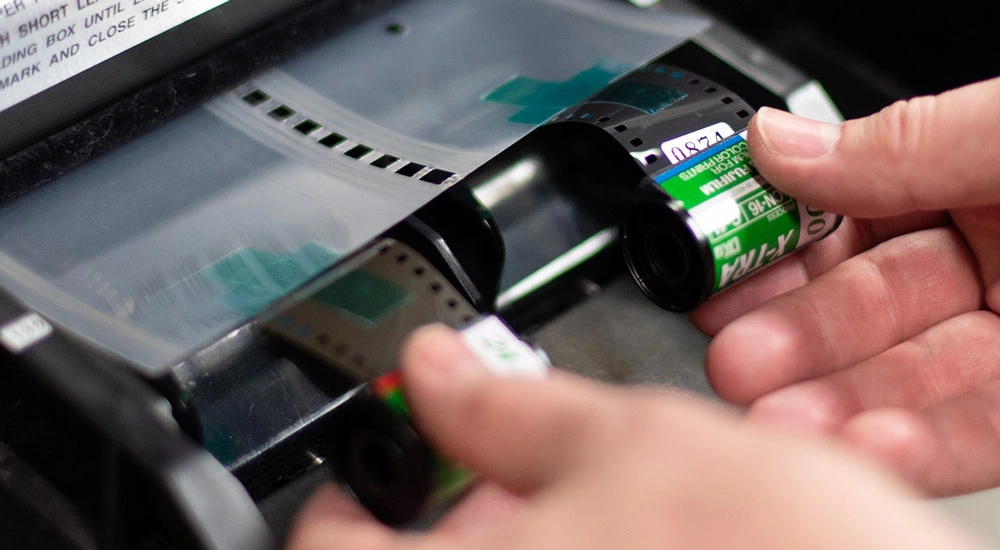
In-Store Service
Use this kiosk option when dropping rolls off in-store.
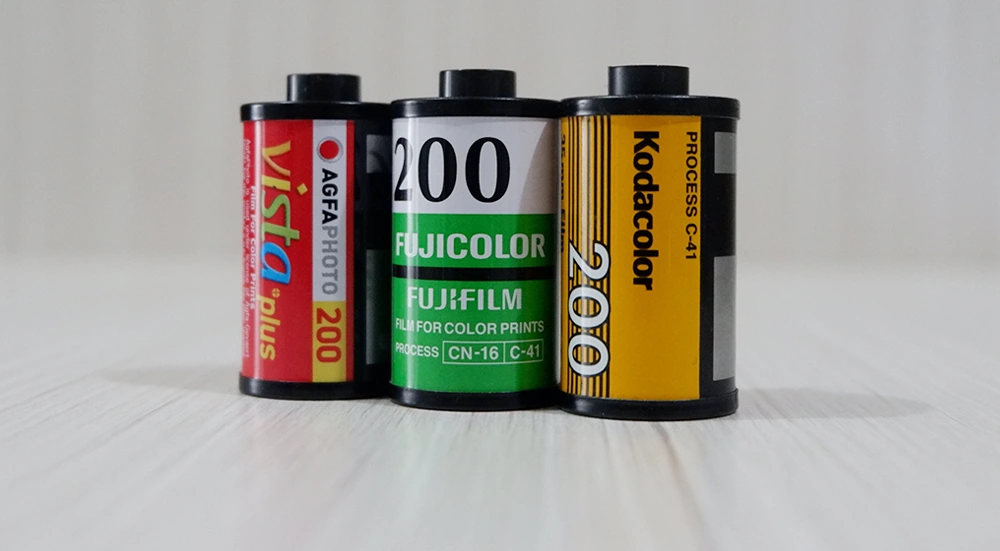
Shop Film
Your favorite film brands available for purchase online!
